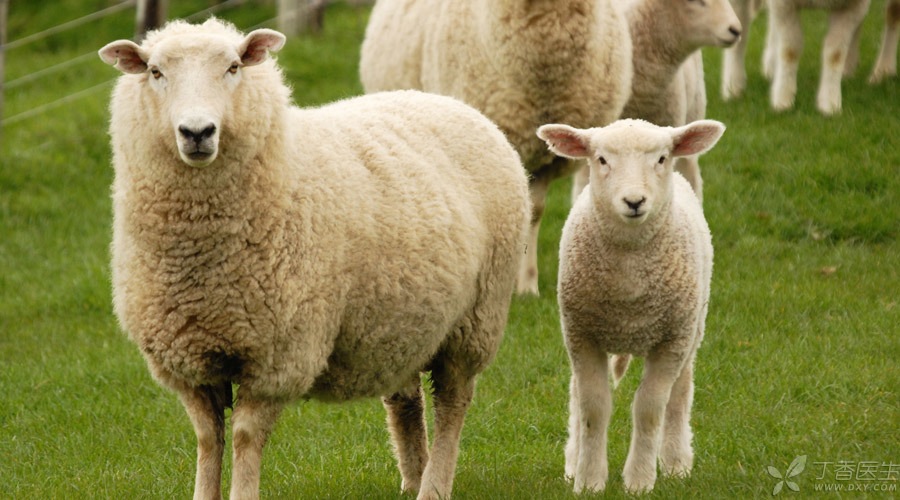
Brucellosis is common in herdsmen, slaughterers, breeders, milkers, health and quarantine personnel, veterinarians and other professional groups. The main epidemic in China is caused by exposure to sheep, followed by cattle and a few pigs.
If people come into contact with animals infected with brucellosis, they may get brucellosis. This is a Class B infectious disease and one of the legal occupational diseases in our country.
Manifestations of Brucellosis
Acute phase: The incubation period is about 2 weeks, mainly realized as fever, hyperhidrosis, chills and joint muscle pain.
Hyperhidrosis is one of the prominent manifestations of brucellosis. It sweats profusely during fever reduction. Some patients sweat after falling asleep, do not sweat when waking up (night sweat), and sweat profusely when not having fever.
Joint pain is also quite obvious, mostly occurring in hip joint, knee joint, shoulder joint and other large joints. The pain is not limited to one joint, but multiple joints change pain, showing wandering nature.
Chronic phase: some patients are acute onset and move along the healing, some patients are not obvious acute phase, onset is chronic. The main manifestations are fatigue, sweating, headache, low fever, depression, dysphoria, joint muscle pain, insomnia, general malaise, etc.
How to treat brucellosis
Patients need to be treated with antibiotics. They must follow the doctor’s advice and pay attention to the full course and dosage of treatment.
For confirmed patients, isolation treatment should be carried out until the symptoms disappear and no bacteria can be cultured by blood tests.
How to Prevent Brucellosis
Personal prevention of brucellosis is mainly to raise awareness of self-protection and isolate sick livestock. If there is bleeding placenta, quicklime should be added to bury it deeply.
Wear work clothes at work to avoid direct skin contact with sick livestock, their secretions, excreta and other pollutants.
Personal protective equipment should be strictly disinfected. If similar cold symptoms such as fever, hyperhidrosis, muscle and joint pain and the like occur for many days after close contact with livestock or livestock products, you should seek medical treatment in time.
